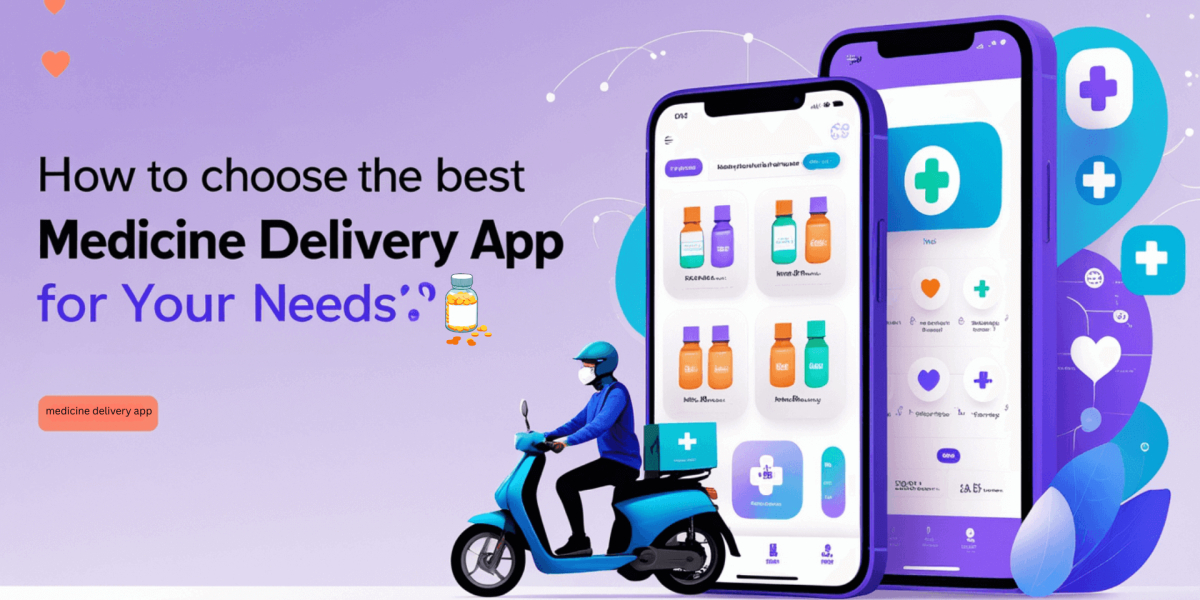The Importance of Discovery in Fintech Software Solutions
- By Wagner Lopes
- 02-04-2024
- Software

The importance of good planning to ensure a well-executed job is not new. In the context of software development, this premise is no different. Product Discovery is a growing strategy that has helped companies overcome the initial market barrier by validating the theory before launching the product.
Losing a lot of investment by launching a product that no one needs is the reality of many global fintechs. Years of digital acceleration of companies and startups have shown me that fears cause companies and entrepreneurs to waste time and millions on products that nobody wants.
Fortunately, there is a method and process to mitigate this common risk. Based on market data, the Product Discovery process helps companies perform a mapping and market study before development even begins, to approach development with business intelligence.
What steps can we take to improve and speed up the discovery process for the financial markets? The answer to this question is product discovery. The financial sector's results can be driven by the concept of discovery, which I will introduce in this article.
What is Digital Product Discovery?
Digital Product Discovery is a service designed to define and validate potential digital products in alignment with the strategic goals of the organization. It has become an essential step in managing the potential risks and uncertainties associated with the creation and evolution of digital product development, leading to greater efficiency, scalability, and success in product launches and post-launch updates.
When a company has a challenge, idea of abstract innovation, or when an entrepreneur has a project but does not have the necessary technical expertise to understand its complexity and feasibility, Product Discovery delivers a detailed walkthrough of everything that will be needed to transform an initiative into a digital product that meets all customer needs and expectations.
Product Discovery is a key element in creating intelligent software solutions for the financial market. Because this technique allows you to map and understand your product before you waste time and money on a project that will not serve the user.
In short, Product Discovery is a guide to structuring an idea into a technology product from start to finish. From design to product roadmap, execution plan, and cost of each step.
How does Product Discovery benefit your fintech?
Product Discovery has many benefits, including a product roadmap and execution, a clear path to MVP (Minimum Viable Product), the agility to respond to technical feasibility and cost before hiring developers. Besides, this strategy uses agile methodologies (Scrum) to prioritize critical success factors (KPIs), defining time, effort, and resource requirements for execution steps. Product Discovery reduces development team time loss and the risk of unnecessary changes during design by maturing the product vision. Learn more about the benefits of Product Discovery:
1. Expert advice and collaborative partnership
Tap into the expertise of seasoned technology professionals who continuously analyze market trends and user behavior. Access best practice documentation and foster collaborative engagement with internal stakeholders for seamless project delivery.
2. Comprehensive suite of discovery services
Explore a comprehensive suite of discovery services tailored to your product concepts and market niche. Benefit from meticulous research methodologies, in-depth user interviews and strategic market insights to make informed decisions.
3. Validate ideas and develop go-to-market strategies
Minimize the risk of product setbacks and resource misallocation through a thorough discovery process. Validate your concepts while strategizing effective go-to-market plans for your digital offerings, ensuring alignment with market needs.
4. Tailored approach and continuous validation
Take an iterative, user-centric approach to ensure your digital product is in tune with evolving market dynamics and user preferences. Design and product specialists remain dedicated to your project, maintaining a two-track agile framework post-launch.
5. Prioritize customer success and quality assurance
Align strategic goals with product roadmaps and embed quality assurance at every project milestone. Ensure your product meets the highest standards while staying true to your vision and goals.
6. Transparent budgeting and on-time delivery
Benefit from transparent budgeting and enforceable project deadlines, ensuring optimal resource allocation and timely delivery of your digital solutions.
How does the Discovery process work in practice?
Here are the steps involved in creating a Product Discovery:
Research: Spend time learning as much as you can about your target audience. You will need this for targeting later in the process.
Brainstorm: Use this time to brainstorm ideas on how to make your project unique and stand out from other similar products on the market. It is important that your idea has a great impact so that people will buy what they discover through it and not just stay on the site until they find something better with less effort.
Create: This is the fun part where you get to build an experience that meets the needs and wants of those who will use your product/service and make sure it is really good enough for them before launch day.
It takes time and effort, but nothing is more rewarding than seeing consumers fall in love with your products and use them for years to come.
What is the discovery process?
The product design process begins with studying the business case, defining the problem, and understanding the value proposition of the product. Looking at all the stakeholders that will interact with the product, the different use cases, and classify them into different user personas.
Once the company has a good understanding of the product, it's possible to begin the design of the project by sketching the visual design of the product and then turning those sketches into wireframes or low-fidelity prototypes.
From there, you can start building static models, get customer feedback, and then create detailed clickable prototypes using tools such as Adobe XD, Figma, and Whimsical.
These clickable prototypes help simulate how end users will actually use the product.
This entire process is done in collaboration with our front-end developers, solution architects, and client team, incorporating feedback at every stage. This helps mitigate design risk and keeps all parties aligned as moving into agile development sprints.
At the end of this process is the creation phase of an application roadmap, taking into account possible intermediate steps to anticipate as much as possible the possibility of launching an initial version of the product. At this stage, they can also understand and design the resources and strategies necessary for the development itself.
The team will analyze the project idea by describing the functionalities and services required for the execution of the system, through:
- Presenting and reviewing all the characteristics and internal aspects of the system, including the technical part.
- Choosing the architecture, i.e. the structural aspect of the project.
- Creating the main project flows in the form of low fidelity screens, i.e. without layout.
- Definition of qualified professionals according to the skills required by the demand.
- Presentation of a flowchart of activities and time required for each professional to responsibly follow their working day within the project.
How can Product Discovery transform fintech?
Product discovery can transform the fintech space in many ways, such as providing customized solutions to specific problems. To get into the problem, and for example, I bring here an example, DCI Bank.
DCI set itself an important goal: to improve the structure of one of its most important core solutions, core banking, by incorporating the latest UX practices. From designing new fintech solutions from the ground up to revitalizing its core applications. DCI redesigned the entire online bank, a solution that combines various products to serve the more than 200 community banks connected to it.
The main challenge was to improve the usability of an already consolidated and robust platform and modernize the way customers interact with it without losing its essence and functionality.
For this mission, the Digital Product Design, our work was divided into several phases:
- Exploratory research with the banks.
- Mapping of the entire system (its functionalities, components, interface, bank configurations, clients and available customizations).
- Desk research to understand the characteristics and specifics of community banks and their customers.
- Benchmarking with direct and indirect competitors to better understand their offerings, interfaces, and experiences.
- Redesign of system screens and workflows.
The initial work made it possible to define the project's constraints and short- and long-term vision, explore the business rules, create wireframes, experiment with solutions, and discuss how to improve them with the client in order to build the first prototype.
As a result, DCI is prioritizing deliveries and has already redesigned some of the key interfaces and experiences that add value for users. The result of this strategic project was a 39% savings in total project value compared to a US supplier and a 25% savings in total project value compared to a supplier in Kansas.
Is digital product discovery right for your company?
The short answer is simple: Yes. There is no type of organization or industry that wouldn't benefit from implementing digital product discovery practices when designing new solutions. Even if you already have a clear strategic vision of what you're trying to accomplish with your product, these services will help you do it efficiently and reduce the overall time it takes to get there.
If your business is technology driven, an external partner will definitely help you reduce creative bias and marketing myopia. And if technology and digital solutions are something new to your company, then having a strategic partner that can support you with such services is a must to ensure that you spend your resources properly and create digital solutions that add real value to the end user.
Conclusion
Agility and fast solutions are required in the financial sector, which is a dynamic market. This sector has many different characteristics for users, and the need for improved and innovative solutions is instantaneous. It is important to have agile solutions based on the real needs of the customers because the need for improved and innovative solutions is immediate. To create solutions and succeed in this market, what can you do?
Digital Product Discovery is the process that has the power to make good and proven products profitable. Make a good product for a dynamic market and you will have good profitability. Map and study your product to deliver something that is qualified and will be a success in the market.
Digital Product Discovery is a good tool to help you take your business to the next level. Get a good technical partner to do this process for you. You'll see your ideas come out of the paper with good tools to improve them. Maybe there are a lot of ideas that could be so rentable for your business. And you don't get to bring them to market. Don't be afraid. Test and develop your ideas. It could be your best business.


.jpg)


